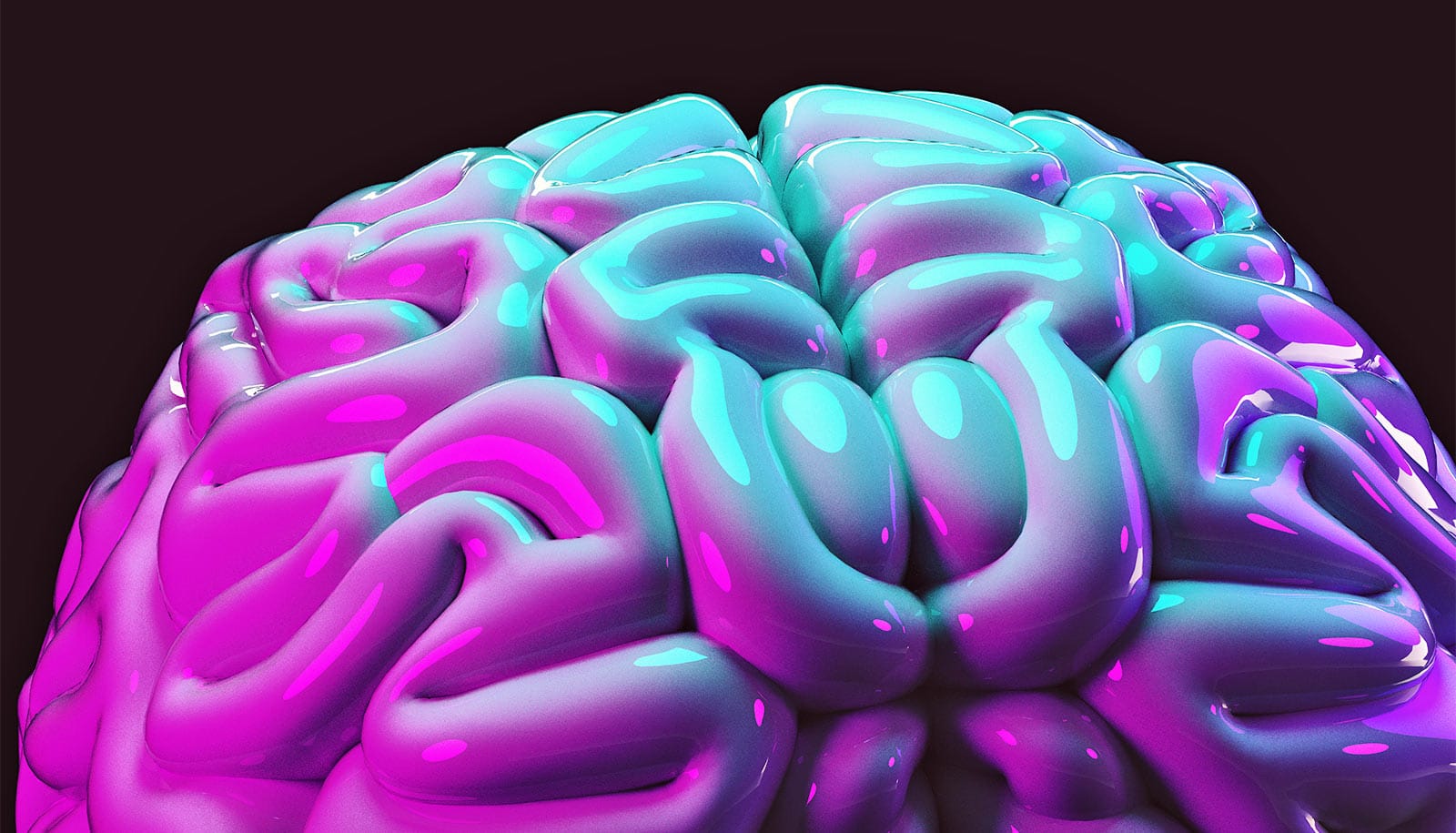When you shift your attention from one thing to another, your brain “blinks” between focusing on the two things, researchers report.
The blinks are short unconscious gaps in visual perception and came as a surprise to the team of psychologists who discovered the phenomenon while studying the benefits of attention.
“Attention is beneficial because it increases our ability to detect visual signals even when we are looking in a different direction,” says Alex Maier, assistant professor of psychology at Vanderbilt University, who directed the study.
“The ‘mind’s eye blinks’ that occur every time your attention shifts are the sensory processing costs that we pay for this capability.”
“There have been several behavior studies in the past that have suggested there is a cost to paying attention. But our study is the first to demonstrate a sensory brain mechanism underlying this phenomenon,” says first author Michele Cox, who is a psychology doctoral student at Vanderbilt University.
Researchers conducted their study with macaque monkeys that they trained to shift their attention among different objects on a display screen while they monitored the pattern of neuron activity taking place in their brains. Primates are particularly suited for the study because they can shift their attention without moving their eyes. Most animals do not have this ability.
Imagine if phones knew when to let us focus
“We trained macaques to play a video game that rewarded them with apple juice when they paid attention to certain visual objects. Once they became expert at the game, we measured the activity in their visual cortex when they played,” says Maier.
By combining advanced recording techniques that simultaneously track large numbers of neurons with sophisticated computational analyses, the researchers discovered that the game requiring the animals to shift their attention momentarily disrupted the activity of the neurons in the visual cortex. The researchers also traced the source of the disruptions to parts of the brain involved in guiding attention, not back to the eyes.
Mind’s eye blink is closely related to “attentional blink,” a phenomenon that occurs when a person is presented with a rapid series of images. If the spacing between two images is too short, the observer doesn’t detect the second image. In 2005, researchers determined that the time of temporary blindness following violent or erotic images was significantly longer than it is for emotionally neutral images.
Babies pay attention when parents do, too
Researchers report their findings in a paper in the journal Cerebral Cortex.
Additional researchers contributing to the work are from Vanderbilt; Emory University; the University of California, Los Angeles; and the National Institute of Mental Health. The intramural research program of the National Institutes of Health through National Eye Institute grants and a National Institute of Mental Health grant supported the work.
Source: Vanderbilt University



